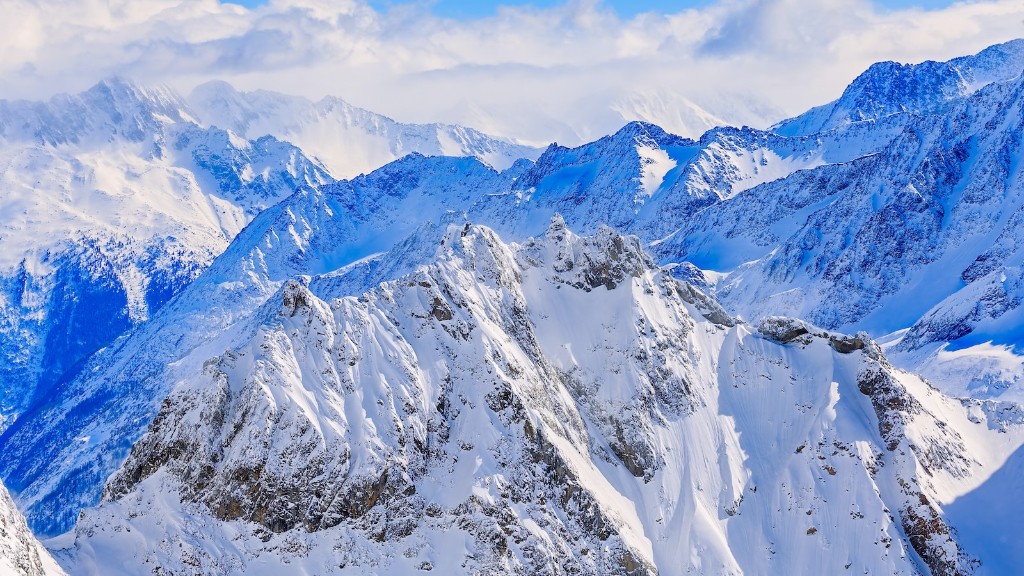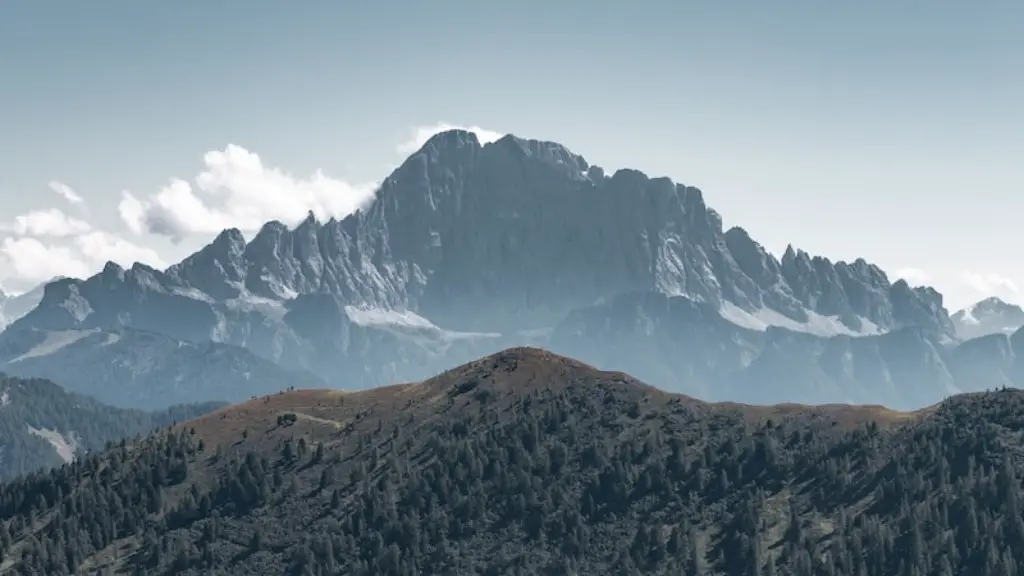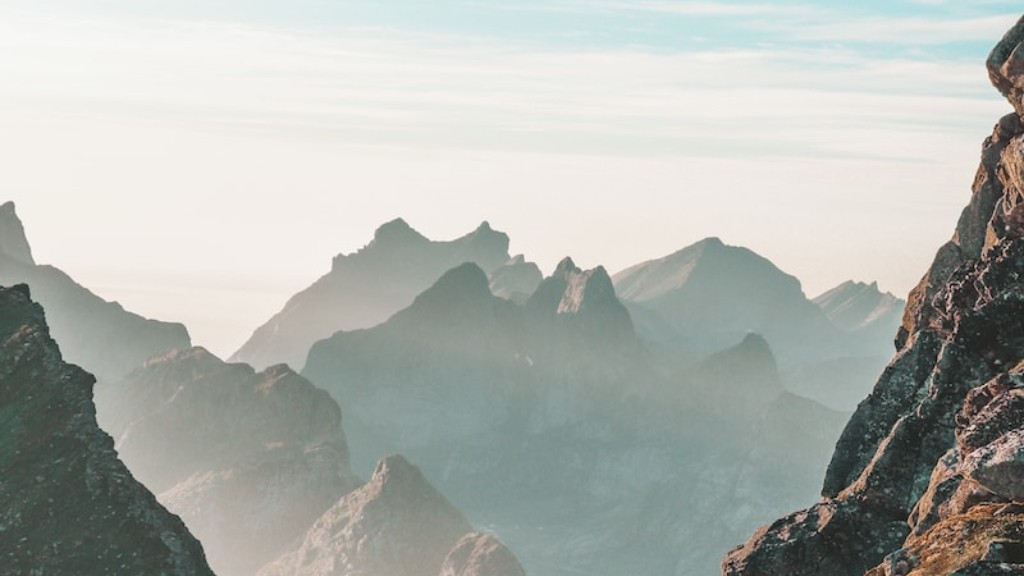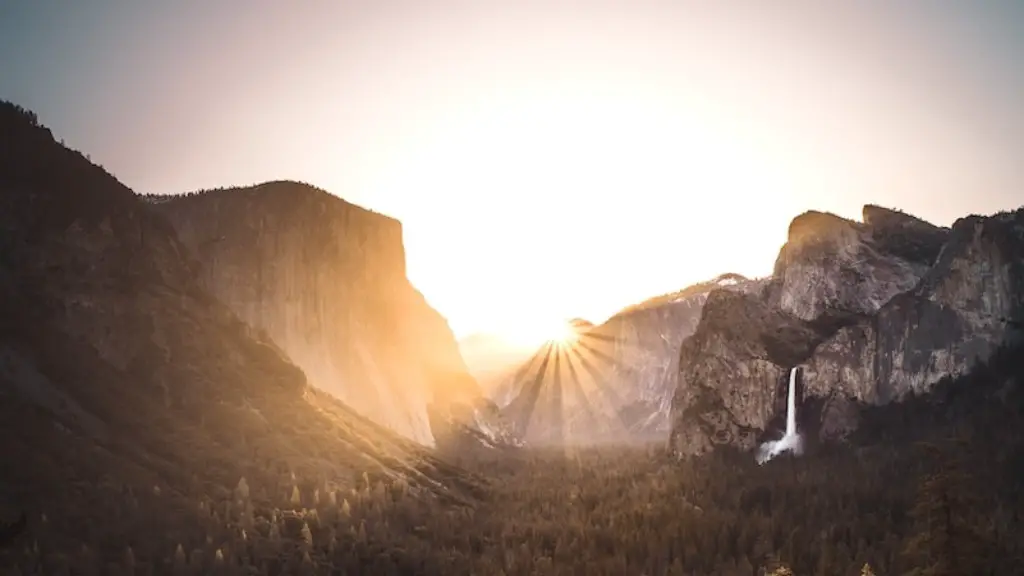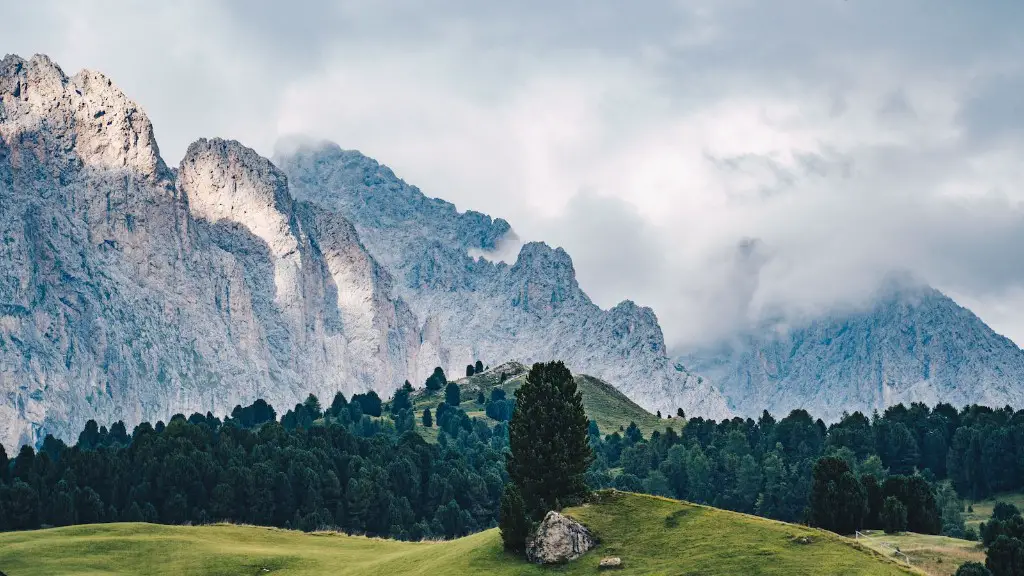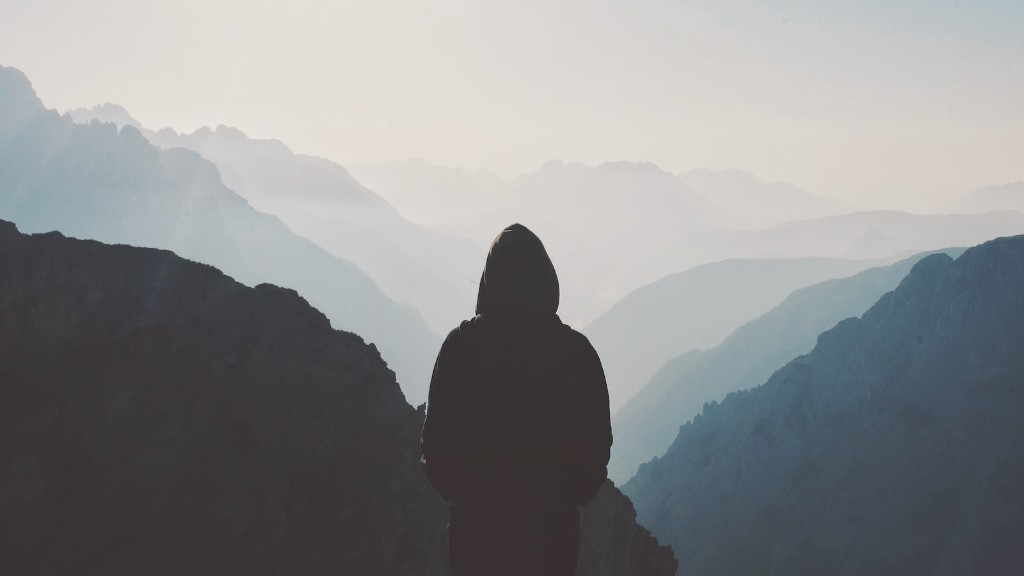Mount Kilimanjaro is the tallest mountain in Africa, and one of the most popular tourist destinations on the continent. But what does it cost to climb Mount Kilimanjaro? The answer may surprise you.
The cost of climbing Mount Kilimanjaro varies depending on the route you take, the time of year, and the company you go with. Generally speaking, it will cost anywhere from $1,000 to $3,000 per person.
Can you climb Kilimanjaro for free?
It’s virtually impossible to climb Kilimanjaro for free. This is because you cannot climb Kilimanjaro without the company of a registered guide and porters to carry your luggage, both of who require payment. In addition to this, Kilimanjaro charges a fee for each climber that amounts to about $800 just in entry fees.
The Kilimanjaro National Park entrance fees for 2022 are 70USD per person, per day. This fee is used to help with the conservation of the Kilimanjaro National Park, and to ensure that climbers have a safe and enjoyable experience. The entrance fee is payable in advance, and is non-refundable.
How much does it cost to climb Kilimanjaro 2023
Are you looking to book a tour to climb Mount Kilimanjaro in 2023? Check out the prices and dates below. Prices start at $2,450 per person.
If you’re looking to climb Mount Kilimanjaro on a budget, you’ll need to be strategic about it. Park fees and logistical costs can add up quickly, so the best way to keep down costs is to form or join a group of four or more like-minded hikers. The Marangu Route is the most popular and busy option, but it’s also less logistically complicated, which can help save on costs.
Do you need oxygen to climb Kilimanjaro?
Kilimanjaro’s altitude can be a significant challenge for climbers, but supplemental oxygen is not necessary to reach the summit. The acclimatization method of slowly walking “pole pole” and sleeping at lower altitudes can help climbers reach the summit successfully.
Mount Kilimanjaro is a great experience and well worth the effort. The success rate for reaching the summit is around 66%, but even the best climbers don’t always make it. Young males between 20 and 30 surprisingly have a lower success rate than we’d expect. But even if you don’t make it to the top, the journey is still an amazing adventure.
Can a beginner climb Kilimanjaro?
Yes, beginners can climb Kilimanjaro, but to have the best experience, they should be aware of the conditions, seasonal climates, costs, and requirements.
If you are planning to climb Kilimanjaro, be prepared to use public toilets that may not be up to your usual standards. The facilities on Kilimanjaro do not feature western style toilets, nor do they have sinks with hot water or soap dispensers. Many of them do not even have a door, but a walk around wall for privacy instead. Lower your expectations for the bathroom situation and you’ll be fine.
How many hours a day do you hike on Kilimanjaro
A summit day hike on Kilimanjaro can be a very strenuous affair, as you are hiking for a very long period of time. Make sure that you are thoroughly prepared for this type of hike, both mentally and physically. It is also important to have a good support team with you, as they can help you through the tough times on your summit day hike.
It’s been said that around 50% of people who attempt to climb Mount Kilimanjaro fail to reach the summit. This is surprising considering that Kilimanjaro is considered a relatively “easy” mountain to climb. There are a number of factors that can contribute to someone not being able to make it to the top, including not being physically prepared, not acclimatizing properly, and not having the necessary equipment.
How much do Kilimanjaro Guides get paid?
It’s important to look for an operator who pays proper wages to their staff. Porters, for instance, should be paid around 20,000 TSh (US$9) per day by their employer. If they receive an additional $6 per day from the climbers as tip, then they’ve achieved the minimum liveable wage of $15 per day. By ensuring that the staff are paid fairly, you’ll be contributing to a sustainable and ethical tourism industry.
Kilimanjaro is a walk-up mountain, which means that no technical skills or equipment are necessary in order to summit. This is a great mountain for beginners, as it is a fairly easy hike with stunning views.
Is Everest or Kilimanjaro harder
Most people seem to agree that climbing Kilimanjaro is harder than trekking to Everest Base Camp. While there are aspects of the Everest Base Camp trek that are more difficult than Kilimanjaro, the general consensus is that Kilimanjaro is the tougher of the two. The main reason for this is summit night – it’s a biggie.
Hello,
This is just a quick note to let you know about the 12 – 14 hour trekking trip that we will be taking in the near future. This trip will be approximately 112 miles/ 181km long, and will take us up to 1,245m/ 4,084 feet above sea level at the summit. We will be departing from Barafu or Kosovo Camp, and will be back down at 9,169 feet when we reach the bottom.
Can a normal person climb Kilimanjaro?
For the average person, being able to successfully climb and summit Kilimanjaro is definitely attainable. You don’t need to be particularly fit (indeed being too fit can be detrimental) and you do not need any technical climbing skills.
The night time temperatures on Mount Kilimanjaro’s Uhuru Point can range between 20 and -20 degrees Fahrenheit (-7 to -29 degrees Celsius). This is due to the mountain’s great height, which causes it to create its own weather.
Warp Up
The cost of climbing Mount Kilimanjaro varies depending on the company you use, the route you take, and what kind of support you want. Generally speaking, you can expect to pay between $1,000 and $3,000 for a trip.
The cost of climbing Mount Kilimanjaro varies depending on the route you take, the time of year, and the company you go with. Generally, the cost can range from $1,200 to $5,000 per person.
